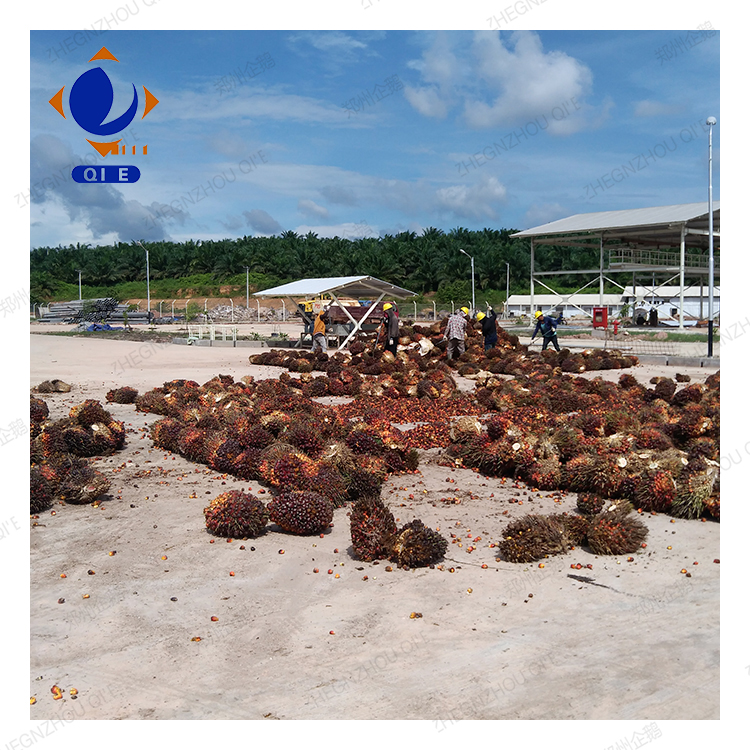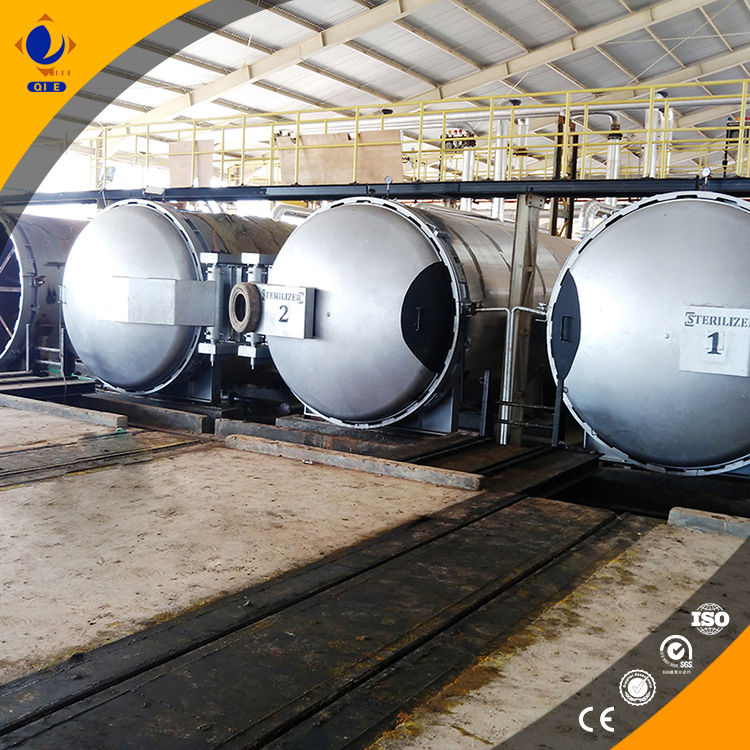
Are you struggling to decide whether to adopt cold pressing or hot pressing for your palm fruit oil extraction? Your choice significantly impacts oil yield, quality, energy consumption, and ultimately your bottom line. This guide breaks down the core technological differences, energy metrics, and quality implications of both methods. Drawing on real-world cases from Southeast Asia and Africa, you’ll discover how to apply precise criteria — especially raw material moisture content and local climate factors — to select the most efficient and cost-effective process for your operation.
Cold pressing operates at lower temperatures, typically below 50°C, preserving enzyme activity and sensitive nutrients within the palm oil. This method results in superior oil quality with higher antioxidant levels, ideal for premium product positioning. Conversely, hot pressing involves heating the palm fruit mash to temperatures exceeding 90°C, accelerating oil release by denaturing enzymes and breaking down cell walls, which can improve oil yield but often compromises some nutritional profiles.
Key to this balance is temperature control—while hot pressing optimizes output through thermal softening, it risks higher free fatty acid (FFA) formation if not carefully managed. Cold pressing preserves oil integrity but may limit maximum yield when raw material properties, such as moisture content, are not ideal.
| Aspect | Cold Pressing | Hot Pressing |
|---|---|---|
| Temperature Range | Below 50°C | Above 90°C |
| Equipment Complexity | Low-temp systems with cooling loops | Steam heating units with condensate recovery |
| Energy Consumption (per ton oil) | ~22 KWH electricity; steam < 100 kg | ~18 KWH electricity; steam ~300 kg |
| Typical Oil Yield | 85-90% | 90-95% |
| Quality Attributes | High antioxidants, low FFA | Higher FFA, reduced antioxidants |
Palm fruit moisture content fluctuates significantly with local weather patterns and harvesting seasons, directly influencing oil extraction efficiency. Southeast Asia’s humid climate, exemplified by Malaysia, supports hot pressing predominately. There, raw fruits often contain moisture levels around 50%, suitable for thermal softening. Hot pressing improves throughput and compensates for high moisture conditions, ensuring stable high yields despite seasonal variations.
Conversely, in drier climates such as Nigeria, where palm fruit moisture might fall below 40%, cold pressing gains traction. Maintaining lower temperatures helps preserve oil quality since the fruits are less prone to enzymatic degradation from moisture-related spoilage. Additionally, limited access to reliable steam infrastructure in some African regions makes cold pressing more practical and energy-efficient.

To streamline your selection process, consider this simplified decision tree based on moisture and climate parameters:
| Condition | Recommended Pressing Technique | Supporting Rationale |
|---|---|---|
| Moisture > 45% & High Humidity Regions | Hot Pressing | Thermal softening maximizes oil release; steam availability |
| Moisture < 45% & Dry to Moderate Humidity | Cold Pressing | Preserves oil quality; lower energy and infrastructure demand |
| Limited Steam Access | Cold Pressing | Energy efficiency; simpler equipment maintenance |
| Quality Focus: High Nutritional Value | Cold Pressing | Maintains antioxidants and low free fatty acids (FFA) |
Under the FAO/WHO guidelines on edible oil processing, temperature and moisture control directly affect oil stability and shelf life. Hot pressing requires vigilant monitoring to keep steam below thresholds that increase oxidation risk. Cold pressing demands precise temperature regulation (below 50°C) to avoid enzymatic spoilage. Energy consumption benchmarks reinforce that while hot pressing consumes more steam (~300 kg per ton of oil), its lower electrical energy requirements partially offset this.
Optimizing pressing for your climate and raw material profile reduces waste and enhances final product appeal, key drivers for successful market positioning in competitive B2B landscapes.

Considering all these factors ensures your operational investment drives — not detracts from — profitability and product quality. Balancing scientific principles with localized production realities is essential for sustainable success in the dynamic palm oil industry.
Discover expert insights, detailed technical data, and tailored process optimization strategies in our comprehensive whitepaper.
Get Your Detailed Palm Oil Pressing Guide
Or schedule a personalized technical consultation with industry specialists to tailor the perfect pressing solution for your facility.
Book Your Expert Consultation Now
